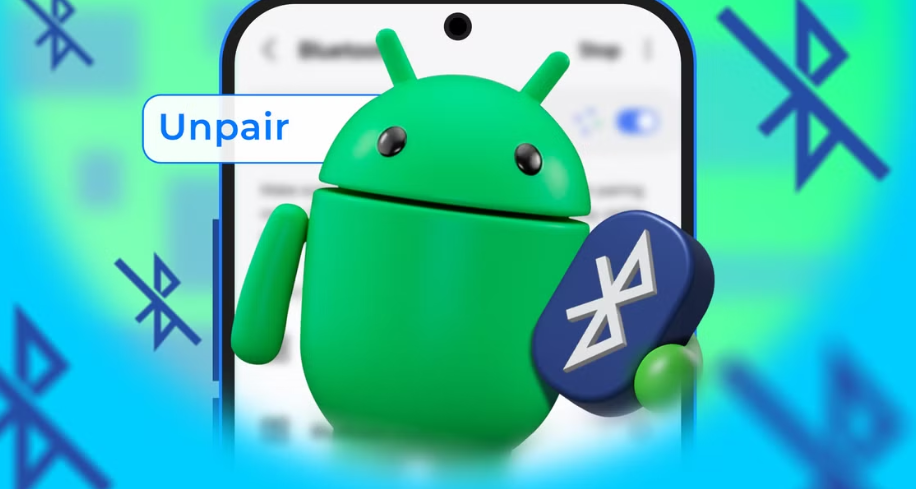The Android Studio Emulator is an essential tool for Android developers, allowing them to test applications on virtual devices that mimic real-world Android devices. Creating a virtual device in Android Studio is a straightforward process that can save you time and resources compared to using physical devices for testing. This article provides a comprehensive guide to creating a virtual device in the Android Studio Emulator, complete with detailed steps, explanations, and tips.
Table of Contents
- What is the Android Studio Emulator?
- Prerequisites
- Downloading and Installing Android Studio
- System Requirements
- Understanding the Android Virtual Device (AVD) Manager
- Step-by-Step Guide to Creating a Virtual Device
- Launching the AVD Manager
- Creating a New Virtual Device
- Configuring Device Specifications
- Selecting a System Image
- Customizing Emulation Settings
- Finalizing and Launching the Emulator
- Using the Virtual Device
- Running Applications on the Emulator
- Emulator Features and Shortcuts
- Common Issues and Troubleshooting
- Best Practices for Using the Emulator
- Conclusion
What is the Android Studio Emulator?
The Android Studio Emulator is a built-in feature of Android Studio that provides a virtual environment for testing Android applications. It replicates the functionality of real Android devices, including hardware features such as GPS, cameras, and sensors. Developers can test their apps on various Android versions and device configurations without needing physical devices.
Prerequisites
Downloading and Installing Android Studio
Before creating a virtual device, you must have Android Studio installed on your computer. Follow these steps:
- Download Android Studio: Visit the official Android Studio website and download the latest version for your operating system.
- Install Android Studio: Run the installer and follow the on-screen instructions to set up Android Studio.
- Launch Android Studio: Open the application and complete the initial setup, which includes downloading necessary components.
System Requirements
Ensure your system meets the following minimum requirements for running the Android Emulator:
- Operating System: Windows, macOS, or Linux (64-bit)
- RAM: At least 8GB (16GB recommended)
- Disk Space: 4GB of free space (SSD recommended for faster performance)
- Processor: Intel/AMD processor with support for virtualization (VT-x or AMD-V)
- Graphics: Dedicated GPU for better emulation performance
Enable virtualization in your system BIOS/UEFI for optimal performance.
Understanding the Android Virtual Device (AVD) Manager
The AVD Manager is a tool within Android Studio that allows developers to create and manage virtual devices. Each virtual device is an instance of an Android Virtual Device (AVD) that mimics a specific smartphone, tablet, or other device.
The AVD Manager offers the following features:
- Predefined device profiles (e.g., Pixel series, Nexus series)
- Customizable configurations (screen size, resolution, RAM, etc.)
- Access to various Android system images (versions and APIs)
Step-by-Step Guide to Creating a Virtual Device
1. Launching the AVD Manager
- Open Android Studio and load a project (or create a new one).
- Navigate to Tools > Device Manager from the top menu.
- The Device Manager window will open, displaying existing virtual devices (if any).
2. Creating a New Virtual Device
- Click the Create Device button in the Device Manager.
- The Select Hardware screen will appear, showcasing a list of predefined device profiles.
- Choose a device profile that suits your testing needs (e.g., Pixel 6 for a modern smartphone).
- Click Next to proceed.
3. Configuring Device Specifications
- Review the device specifications (screen size, resolution, RAM, etc.) on the Select Hardware screen.
- Click the Clone Device button if you want to customize the specifications further.
- Adjust parameters like:
- RAM size
- Screen density (dpi)
- Orientation (portrait or landscape)
4. Selecting a System Image
- On the System Image screen, select an Android version for your virtual device. Options include:
- Recommended tab: Displays commonly used images.
- x86 Images tab: Optimized for faster performance.
- Other Images tab: Includes older or specialized images.
- If no system images are available, click Download next to your desired version.
- Click Next after selecting the system image.
5. Customizing Emulation Settings
- On the Verify Configuration screen, review and adjust advanced settings:
- Startup orientation: Portrait or landscape.
- Graphics: Choose between Automatic, Hardware, or Software rendering.
- Device Frame: Enable or disable a device skin.
- Optionally, configure additional parameters under Advanced Settings:
- Virtual keyboard input
- SD card size
- Network settings
6. Finalizing and Launching the Emulator
- Click Finish to create the virtual device.
- The new device will appear in the Device Manager list.
- Click the Play button next to the device name to launch the emulator.
Using the Virtual Device
Running Applications on the Emulator
- Open your Android project in Android Studio.
- Click the Run button (green triangle) in the top toolbar.
- Select your virtual device from the list of available devices.
- Android Studio will install and launch the app on the emulator.
Emulator Features and Shortcuts
The Android Emulator provides various features to enhance testing:
- Toolbar: Access controls for volume, rotation, GPS, and more.
- Snapshots: Save the emulator’s current state for quick restoration.
- Keyboard Shortcuts:
- Power button:
Ctrl + P - Rotate screen:
Ctrl + F12 - Zoom:
Ctrl + Mouse Wheel
- Power button:
Common Issues and Troubleshooting
Emulator Won’t Start
- Check System Requirements: Ensure your system meets the emulator’s requirements.
- Enable Virtualization: Verify that virtualization is enabled in your BIOS/UEFI settings.
- Update Android Studio: Keep your IDE and emulator components up to date.
Slow Performance
- Allocate more RAM to the virtual device.
- Use x86 system images for better performance.
- Enable hardware acceleration via HAXM (Intel) or Hypervisor (AMD).
App Crashes on Emulator
- Check for compatibility issues between the app and the system image.
- Review logcat output for error messages.
- Test on different Android versions.
Best Practices for Using the Emulator
- Test Across Multiple Devices: Create virtual devices with various screen sizes, resolutions, and Android versions.
- Utilize Snapshots: Save emulator states to avoid repeated configurations.
- Optimize Performance: Use hardware acceleration and allocate sufficient resources.
- Regular Updates: Keep Android Studio and system images updated.
Conclusion
Creating a virtual device in the Android Studio Emulator is an essential skill for Android developers. By following the steps outlined in this guide, you can set up and use virtual devices to test your applications efficiently. With the flexibility to emulate various Android configurations, the emulator ensures robust testing without the need for multiple physical devices. Embrace the power of the Android Studio Emulator to streamline your development process and deliver high-quality applications.



